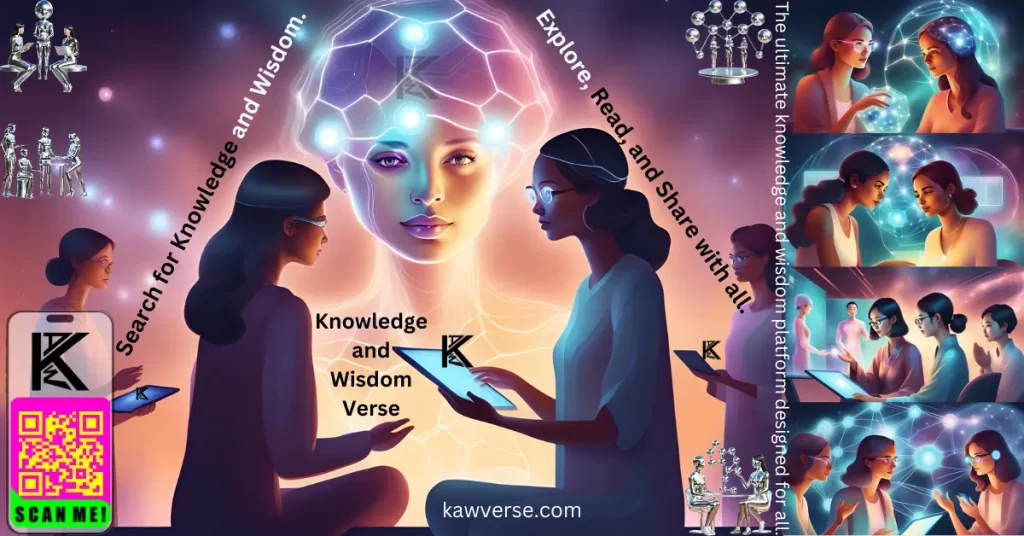The letter T is one of the most significant and widely recognized characters in the English alphabet. As the 20th letter, it plays a crucial role in communication, linguistics, and various professional and creative domains. This article explores the letter T’s unique characteristics, practical applications, and broader cultural and linguistic importance, offering insights for learners, educators, and language enthusiasts alike.
Benefits of Reading This Article
By reading this article, you will:
- Gain a comprehensive understanding of the letter T.
- Learn about its historical origins and linguistic significance.
- Discover practical applications and use cases in various fields.
- Explore emerging trends and advanced insights related to the letter T.
- Equip yourself with actionable knowledge to deepen your appreciation for language.
Definition
The letter T is a consonant in the modern English alphabet and is classified as a voiceless alveolar stop in phonetics. This means that it is produced by obstructing airflow at the alveolar ridge (just behind the upper front teeth) and releasing it without vocal cord vibration. Examples include words like “table,” “time,” and “team.”
In typography, the letter T is often used as a base shape due to its simple, symmetrical design, making it a cornerstone in font development and graphic design.
Target Audience
This article is designed for:
- Beginners: Language learners seeking a foundational understanding of the English alphabet.
- Intermediate readers: Educators, students, and professionals looking to explore linguistic and practical applications of the letter T.
- Experts: Linguists, typographers, and advanced learners interested in technical and nuanced perspectives.
Applications and Real-World Use Cases
The letter T is far more than a building block of language; it has practical and symbolic significance in various fields:
- Language and Communication: T is integral to constructing thousands of words across numerous languages, shaping the way we express ideas.
- Mathematics and Science: Used as a variable in formulas, particularly in physics (e.g., time, denoted as t).
- Technology and Computing: In keyboard shortcuts, “Ctrl + T” opens a new tab in web browsers, showcasing its relevance in daily digital interactions.
- Design and Branding: Companies often use T in logos and brand names due to its clean and versatile shape.
- Symbolism: The letter T is frequently associated with balance and structure, as seen in architecture and religious symbolism (e.g., the cross).
Relevance and Importance
The letter T’s importance transcends its linguistic roots. In today’s interconnected world, T’s role in:
- Education: Helps young learners develop foundational literacy skills.
- Digital Trends: Plays a key role in algorithms and programming languages.
- Cross-Cultural Communication: Demonstrates its universal adaptability in global languages.
Its adaptability and ubiquity make it a timeless component of modern communication.
Types and Subtopics
Linguistic Perspectives
- Phonetics: Variations in pronunciation across accents (e.g., the “flapped T” in American English).
- Morphology: Usage in prefixes and suffixes, such as “trans-” and “-tion.”
Symbolic Interpretations
- Religious Significance: The T-shaped cross in Christianity.
- Mathematical Usage: Represents time in equations and graphs.
Technological Trends
- Programming: Use of “T” in coding and abbreviations like “true.”
- AI and Automation: Its role in dataset naming conventions.
Key Takeaways
- The letter T is fundamental to language, science, and technology.
- Its versatility ensures its continued relevance in communication and innovation.
- Understanding T’s applications enhances both basic literacy and advanced professional skills.
FAQs
Q1: Why is the letter T important in English? The letter T is one of the most frequently used consonants, essential for forming common words and contributing to clear communication.
Q2: What are examples of words starting with T? Examples include “table,” “truth,” “trust,” and “technology.”
Q3: How is T used in phonetics? In phonetics, T represents a voiceless alveolar stop, a sound created by blocking and releasing air without vocal cord vibration.
Q4: What is the symbolic significance of T? T often symbolizes balance, structure, and faith, as seen in religious and architectural contexts.
Next Steps and Future Directions
For Beginners
- Practice writing and pronouncing words that contain T.
- Explore its role in simple sentences.
For Intermediate Readers
- Study its usage in prefixes, suffixes, and compound words.
- Experiment with T’s applications in creative writing or branding.
For Experts
- Research T’s phonetic variations in dialects and global languages.
- Investigate emerging trends in typography and digital design involving T.
Conclusion
The letter T is far more than a character in the alphabet—it’s a symbol of linguistic, cultural, and technological significance. Whether you’re a beginner exploring language fundamentals or an expert delving into advanced applications, the letter T offers endless opportunities for discovery and innovation. Let this article serve as a foundation for your ongoing journey into the fascinating world of language and its components.


Leave a Reply
You must be logged in to post a comment.